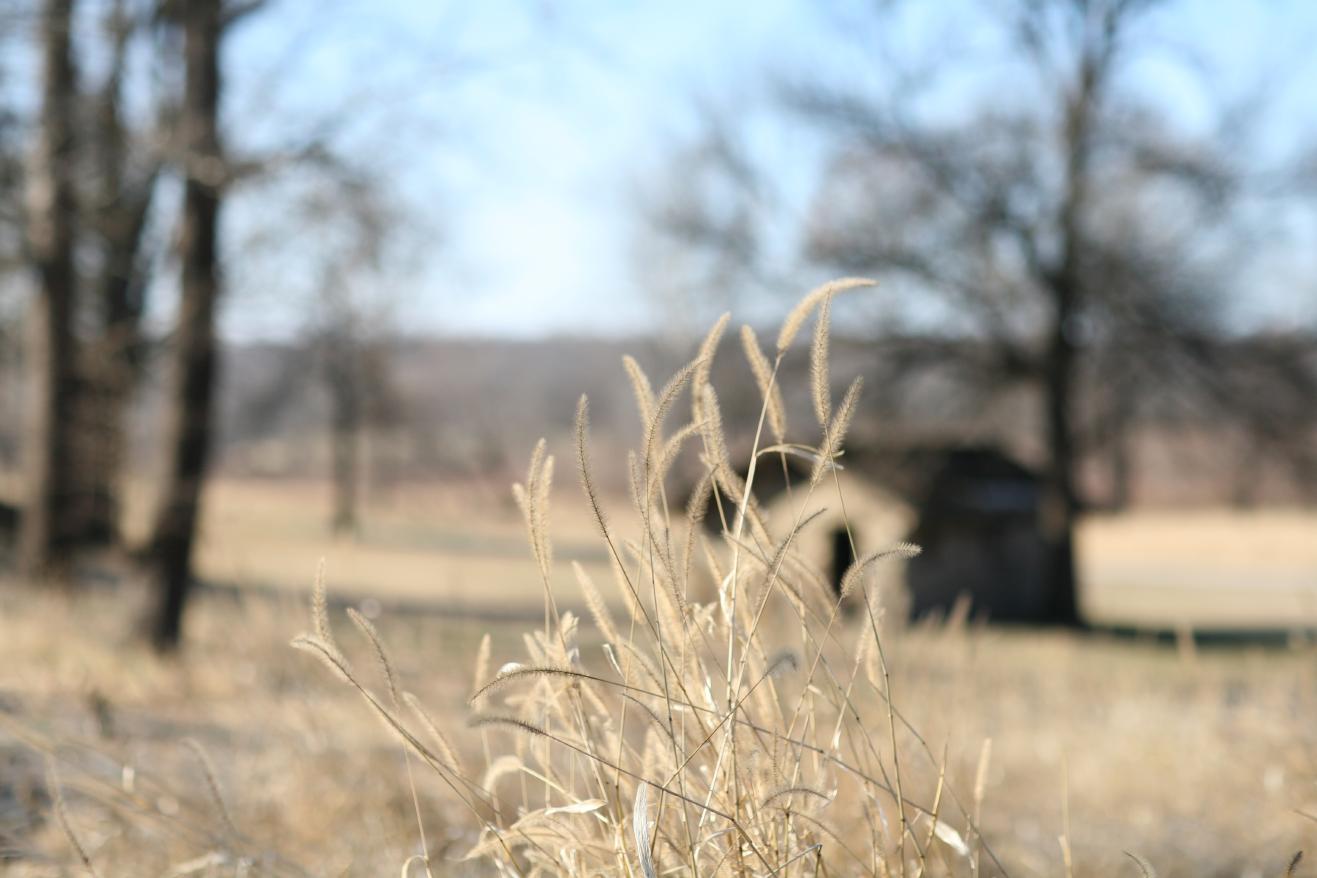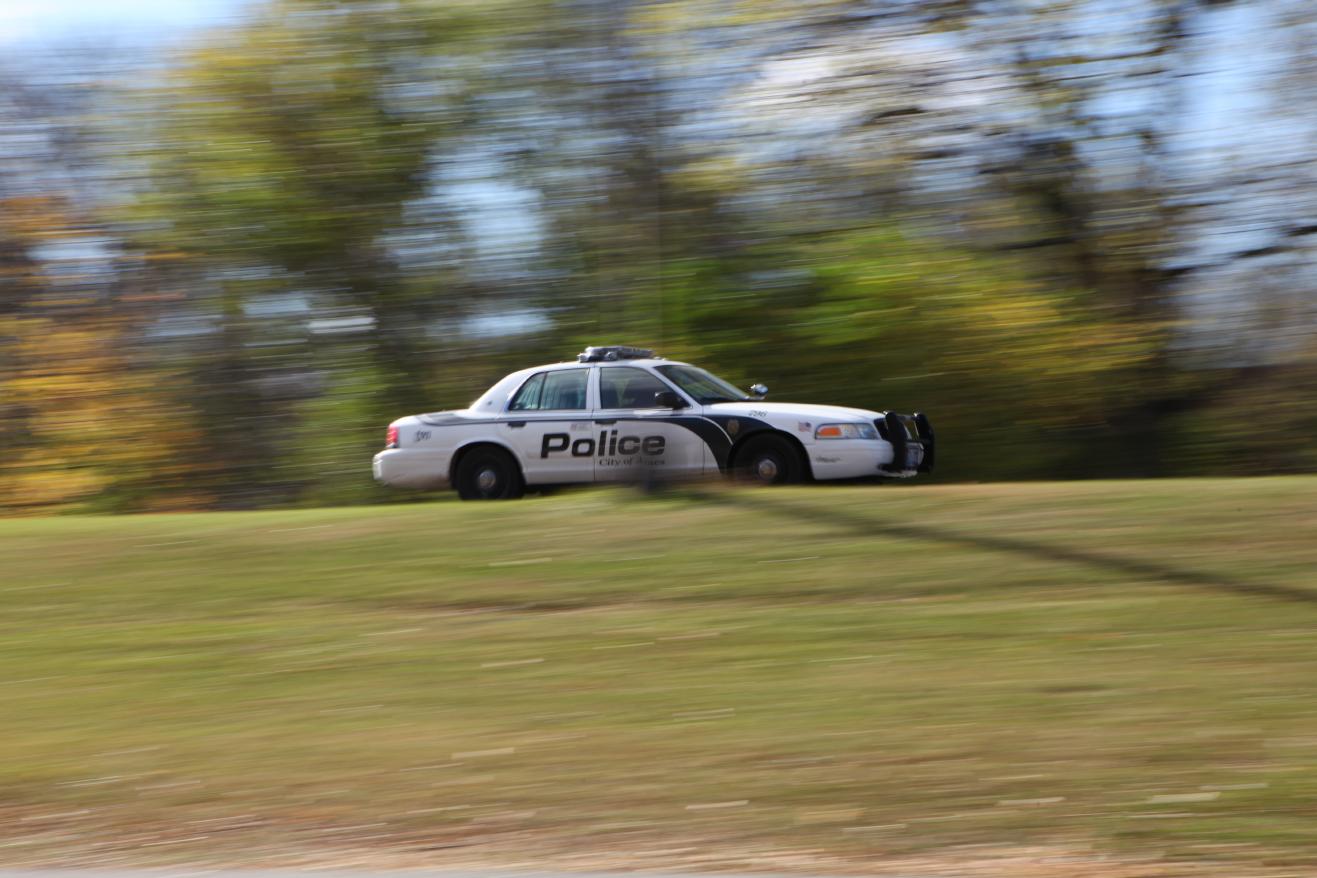Effects of Aperture
http://www.exposureguide.com/focusing-basics.htm
Manipulation of depth of field is a good way to modify
the characteristics of your photo, and manipulating the
aperture is the ideal way to do this because it has
little or no effect on composition. You simply need to
change the shutter speed (or change the light
sensitivity, ISO setting) to compensate for the changes
in the exposure from the adjustments to the f-number.
Changes in distance and focal length also affect DOF, but
these changes have trade-offs in terms of composition.
 Understanding aperture -- and how it can help your photography
http://www.digital-photography-tips.net/aperture.html
"Photographers know that one of the characteristics that
separates photographic imaging from drawing or painting
is the matter of focus".
"The lens introduces an opportunity for selectivity in
image-making, portraying objects in the near field and
background with a special kind of de-emphasis: out of
focus. Observant photographers have noticed that not all
lenses are created equal: large aperture lenses show
strong out-of-focus effects while small-aperture lenses
lead simply to a softening of the image. And even among
lenses of equal focal length and aperture, there are
differences. The Japanese apparently refer to the quality
of the out-of-focus image as 'bokeh'. What is bokeh, and
why are lenses different from one another"?
Understanding aperture -- and how it can help your photography
http://www.digital-photography-tips.net/aperture.html
"Photographers know that one of the characteristics that
separates photographic imaging from drawing or painting
is the matter of focus".
"The lens introduces an opportunity for selectivity in
image-making, portraying objects in the near field and
background with a special kind of de-emphasis: out of
focus. Observant photographers have noticed that not all
lenses are created equal: large aperture lenses show
strong out-of-focus effects while small-aperture lenses
lead simply to a softening of the image. And even among
lenses of equal focal length and aperture, there are
differences. The Japanese apparently refer to the quality
of the out-of-focus image as 'bokeh'. What is bokeh, and
why are lenses different from one another"?
 Effects of Shutter Speed
Controlling Shutter Speed
http://www.digicamhelp.com/taking-photos/advanced-techniques/shutter-effects/
Introduction to Shutter Speed in Digital Photography
http://www.digital-photography-school.com/shutter-speed
Back to Basics - Shutter Speed
http://www.diyphotography.net/shutter-speed
Manual, Aperture and Shutter Priority modes explained
http://digital-photography-school.com/getting-off-auto-manual-aperture-and-shutter-priority-modes-explained/
Photographing birds in flight
http://www.digicamhelp.com/how-to/nature/flight/
Photographing moving water
http://www.digicamhelp.com/how-to/nature/water/
Photographing the "Decisive Moment"
http://www.digicamhelp.com/learn/shoot-like-a-pro/photographing-the-"decisive-moment"/
Creative use of focal length
http://www.digicamhelp.com/learn/shoot-like-a-pro/creative-use-of-focal-length/
Landscape Excellence
http://www.majestic-nature.com/portfolio/landscape.php
Lost your Photo Mojo? Ten Tips to Bring Back the Magic
http://digital-photography-school.com/lost-your-photo-mojo-bring-back-the-magic/
You really can challenge yourself to try new things in
photography. There are enough linked resources in these
handouts to last years.
One goal is to know your camera equipment well enough to
keep the camera from getting in your way, so you can
concentrate on the composition, perspective and lighting.
Play with the light. Play with the shadows. Create
emotion!
Lynda.com | Photography Courses & Tutorials
http://www.lynda.com/Photography-training-tutorials/70-0.html?bnr=NMHP_blocks
Book Recommendations
Ansel Adams
The Camera
Publisher: Bulfinch (June 1, 1995)
ISBN-10: 0821221841
Beaumont Newhall
History of Photography: From 1839 to the Present (Paperback)
Publisher: Bulfinch; Revised edition (October 30, 1982)
ISBN-10: 0870703811
sam.wormley@gmail.com
Effects of Shutter Speed
Controlling Shutter Speed
http://www.digicamhelp.com/taking-photos/advanced-techniques/shutter-effects/
Introduction to Shutter Speed in Digital Photography
http://www.digital-photography-school.com/shutter-speed
Back to Basics - Shutter Speed
http://www.diyphotography.net/shutter-speed
Manual, Aperture and Shutter Priority modes explained
http://digital-photography-school.com/getting-off-auto-manual-aperture-and-shutter-priority-modes-explained/
Photographing birds in flight
http://www.digicamhelp.com/how-to/nature/flight/
Photographing moving water
http://www.digicamhelp.com/how-to/nature/water/
Photographing the "Decisive Moment"
http://www.digicamhelp.com/learn/shoot-like-a-pro/photographing-the-"decisive-moment"/
Creative use of focal length
http://www.digicamhelp.com/learn/shoot-like-a-pro/creative-use-of-focal-length/
Landscape Excellence
http://www.majestic-nature.com/portfolio/landscape.php
Lost your Photo Mojo? Ten Tips to Bring Back the Magic
http://digital-photography-school.com/lost-your-photo-mojo-bring-back-the-magic/
You really can challenge yourself to try new things in
photography. There are enough linked resources in these
handouts to last years.
One goal is to know your camera equipment well enough to
keep the camera from getting in your way, so you can
concentrate on the composition, perspective and lighting.
Play with the light. Play with the shadows. Create
emotion!
Lynda.com | Photography Courses & Tutorials
http://www.lynda.com/Photography-training-tutorials/70-0.html?bnr=NMHP_blocks
Book Recommendations
Ansel Adams
The Camera
Publisher: Bulfinch (June 1, 1995)
ISBN-10: 0821221841
Beaumont Newhall
History of Photography: From 1839 to the Present (Paperback)
Publisher: Bulfinch; Revised edition (October 30, 1982)
ISBN-10: 0870703811
sam.wormley@gmail.com
Understanding aperture -- and how it can help your photography http://www.digital-photography-tips.net/aperture.html "Photographers know that one of the characteristics that separates photographic imaging from drawing or painting is the matter of focus". "The lens introduces an opportunity for selectivity in image-making, portraying objects in the near field and background with a special kind of de-emphasis: out of focus. Observant photographers have noticed that not all lenses are created equal: large aperture lenses show strong out-of-focus effects while small-aperture lenses lead simply to a softening of the image. And even among lenses of equal focal length and aperture, there are differences. The Japanese apparently refer to the quality of the out-of-focus image as 'bokeh'. What is bokeh, and why are lenses different from one another"?
Effects of Shutter Speed Controlling Shutter Speed http://www.digicamhelp.com/taking-photos/advanced-techniques/shutter-effects/ Introduction to Shutter Speed in Digital Photography http://www.digital-photography-school.com/shutter-speed Back to Basics - Shutter Speed http://www.diyphotography.net/shutter-speed Manual, Aperture and Shutter Priority modes explained http://digital-photography-school.com/getting-off-auto-manual-aperture-and-shutter-priority-modes-explained/ Photographing birds in flight http://www.digicamhelp.com/how-to/nature/flight/ Photographing moving water http://www.digicamhelp.com/how-to/nature/water/ Photographing the "Decisive Moment" http://www.digicamhelp.com/learn/shoot-like-a-pro/photographing-the-"decisive-moment"/ Creative use of focal length http://www.digicamhelp.com/learn/shoot-like-a-pro/creative-use-of-focal-length/ Landscape Excellence http://www.majestic-nature.com/portfolio/landscape.php Lost your Photo Mojo? Ten Tips to Bring Back the Magic http://digital-photography-school.com/lost-your-photo-mojo-bring-back-the-magic/ You really can challenge yourself to try new things in photography. There are enough linked resources in these handouts to last years. One goal is to know your camera equipment well enough to keep the camera from getting in your way, so you can concentrate on the composition, perspective and lighting. Play with the light. Play with the shadows. Create emotion! Lynda.com | Photography Courses & Tutorials http://www.lynda.com/Photography-training-tutorials/70-0.html?bnr=NMHP_blocks Book Recommendations Ansel Adams The Camera Publisher: Bulfinch (June 1, 1995) ISBN-10: 0821221841 Beaumont Newhall History of Photography: From 1839 to the Present (Paperback) Publisher: Bulfinch; Revised edition (October 30, 1982) ISBN-10: 0870703811 sam.wormley@gmail.com